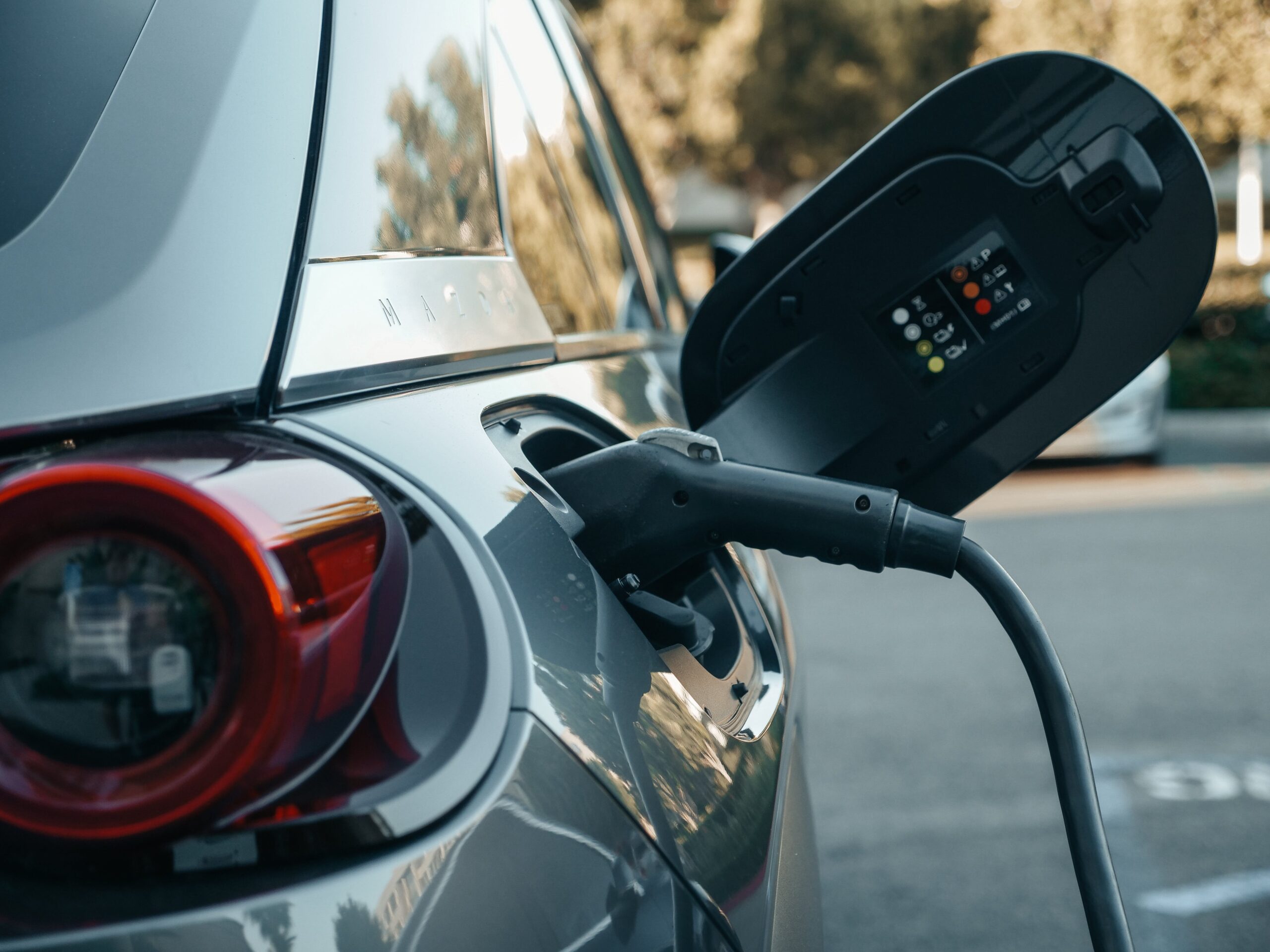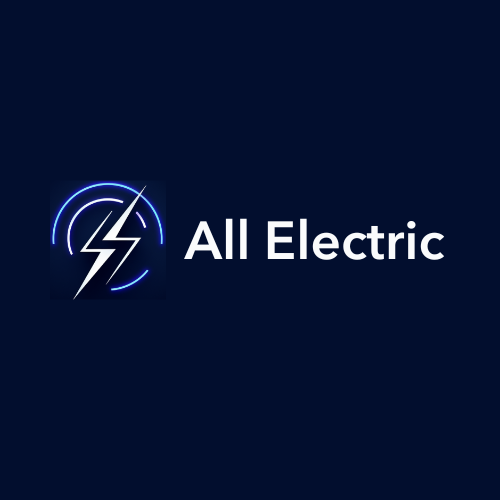
Plugged in: Everything you need to know about charging your EV at home.
Charging at home, an exciting feature with daunting set up?
In the exciting and constantly evolving world of sustainable mobility, electric vehicles (EVs) are leading the charge to a cleaner, greener future. One key aspect of integrating electric cars into our lives is the ability to conveniently charge them at home. We will cover all the essentials you need to know here, with our first comprehensive guide that will help both new and experienced EV owners sharpen their EV charging know-how. In this blog, we will simplify the complexities of setting up a home charging solution, explain different charging speeds and options, explore connectors, and provide tips to optimize efficiency. We will demystify the home charging experience, making it super straightforward but also an exciting part of owning an electric vehicle. Whether you’re a beginner or an expert, we’ve got you covered with this EV owner resource for unlocking the full potential of home charging, and don’t have to worry about the price of petrol at the pump.
Why Home Charging Matters
Relying solely on public charging infrastructure has limitations for EV owners. Public charging stations may not always be available, leading to potential inconveniences and wait times during peak usage. Home charging offers a pivotal solution by providing uninterrupted access and eliminating uncertainties associated with external charging networks. Besides convenience, home charging has significant financial implications. Charging your EV at home translates to substantial cost savings compared to relying on public charging stations. Taking advantage of lower electricity rates during off-peak hours further enhances the economic appeal, making home charging an attractive and cost-effective choice for EV owners.
Understanding Your Electric Vehicle Charging Options
As you begin to enter the world of EV charging, understanding the different options is important. The entry level option, and by far the easiest to set up anywhere, is Level 1 charging. What this basically means is you can charge your EV using standard household outlets which typically offer 10Amp, perfect for overnight charging. Somtimes this type of charging is called “trickle-charging”, because it can be kind of slow, delivering approx 2.3kW of power – so overnight you might get 18kWh-24kWh. This level of charging is more than enough if you plan to top up your car every day from your commute to work, and very easy to set up with an extension cord if your visiting relatives, or friends. One thing that is worth considering, is simply having an 15amp circuit installed. These outlets are not typical or standard in Australian homes, but are usually easy for any qualified electrician to put in. This type of outlet can also be used for any other outdoor appliance as well, and can cost between $200-$500 to have installed, making it a great budget friendly car charging solution. Having one installed near your car will boost your trickle charging speed by 50% taking you upto 3.5kW of charge for your car, and around 28kwh-35kWh overnight. Now we’re talking!
Level 2 charging provides way faster speeds and is suitable for daily use or even if you just want to charge your EV once or twice a week. This charging set up is a step up in requirements, needing dedicated charging equipment, and a licenced electrician to install.
Highway charging, or DC Fast Charging is by far the fastest option, and not feasible to have installed at home. Fast chargers can supply anywhere from 50kW upto 350kW of power, and can charge most cars to 80% in less than 30mins. Perfect for coffee stops on longer highway road trips, but not suitable or even advised for a daily charging solution. In Australia these charging options are increasing month by month, with a few providers to sign up with, but it is also the most expensive way to charge your car.
Each home charging option has its own pros and cons, so be sure to consider what is important to you, and what other factors play into it, such as having a home solar system, or a time of use electricity plan. Setting up home charging for your EV can be as simple or involved as you like, but that feeling of topping up your car on the cheap, all while you sleep, wont ever get old.
Single Phase vs 3 Phase home charging options? what do I need?
Setting up a dedicated home charging solution for a level 2 charge, can involves a meticulous process for installation. First, you will need to know if your electrical connection is single phase (1P) or three phase (3p), to ensure it is suitable for the charger you are considering. Choosing the right charging equipment is crucial, considering factors such as power output, compatibility with your vehicle, electrical connection, and future-proofing for potential upgrades. For example, whilst you can install a single phase charger on a three phase house, you can’t install a three phase charger on a single phase house. The main difference, and importance for 1P vs 3P when it comes to car charging is power output. The largest car charger for 1P will provide 32Amps or 7.4kW of power (you may notice thats about 2x the much cheaper 15Amp outlet option). However, 3P chargers can deliver 11kW up to 22kW of car charging – Meaning you can charge most EV models available today in only a few hours, rather than needing all night to charge. You may consider upgrading your connection from 1p to 3p, whilst this gives you more power for your car charger, it can become an expensive process. As a bit of extra benefit for upgrading though, it does mean you can install more solar, or larger aircon units as well. It is worth contacting a local trades person to manage this process for you, and get a quote before continuing.
Having a faster, more powerful charger at home is great for piece of mind that you will be able to have the charge in your car when you need it.
Types of Home Charging Connectors
Understanding home charging connectors is pivotal for a seamless EV charging experience. Differentiating between Type 2 home charging and trickle charging, particularly on 10-amp or 15-amp circuits, is essential. Type 2 charging, with higher power output, allows for faster charging times compared to trickle charging, making it ideal for daily use. Trickle charging, often used with standard household outlets, is slower but convenient for overnight charging. Most first time EV owners should simply try out trickle charging to get started, and learn what they need, before looking into getting a suitable charging product installed.
When selecting a charging connector, it’s crucial to consider compatibility with different EV models. EVs come with varying connector types, such as Type 2, CCS, and CHAdeMO. Ensuring your home charging connector aligns with your specific EV model guarantees efficient and effective charging. All new cars in Australia are now only offering type 2 charge plugs, but there are many older models on the second hand market that may use CHAdeMo or other types of plugs. This knowledge empowers EV owners to choose the right connector, facilitating a seamless and compatible home charging experience.
Charging Speeds and Time Considerations
Understanding charging speeds is crucial for an efficient EV charging experience. The most important factors that influence charging speed include the chosen charging option and the EV’s onboard charger capacity or limit. When selecting a charger, it is useful to know what limit the EV has for home charging, as you wont want to go to the effort and cost of installing a 22kW charger if your car can only charge at 11kW due to its limits. Estimating charging times will depend on the vehicle’s battery capacity when you get home or to your destination and of course the charging station’s power output. For example, a Level 2 charger with higher power delivers energy much faster to the battery. Recognizing these factors will allow you to plan charging sessions effectively, optimizing time and integrating EV charging seamlessly into your daily routine.
Smart Charging Features and Apps:
Embark on a tech-savvy journey with an look into some of the exciting and emerging smart charging technologies. This is where home charging can really enhance home charging by allowing users to remotely monitor and manage the process, including charging from excess roof top solar, for free! Try out the different mobile apps and settings a charger might have to allow you to schedule charging sessions, access real-time data, and benefit from features like demand response with your local network. With smart technologies, EVs can seriously lower their cost to run, and help support a sustainable and efficient electricity grid.
Tips for Optimizing Home Charging Efficiency
Unlock the full potential of home charging with a few strategic tips to optimise how and when you charge. The best thing for managing home charging is to take advantage of off-peak charging, leveraging lower electricity rates during non-peak hours for cost savings, typically during the late evening and early morning, and increasingly during the middle of the day in Australia. Of course, if you have a home rooftop solar system, you don’t need any encouragement to try to time your charging while your home power system is making energy for you for free. These strategies not only benefit your wallet but also supports the stability of the electricity grid. Additionally, charging your car more slowly or only charging to 80 or 90% full, will help to prolong the lifespan of your home charging equipment, and the battery in the EV. By implementing these tips, users can enhance the efficiency of their home charging setup while minimizing environmental impact and maximizing economic benefits.
Troubleshooting Common Home Charging Issues
Home charging can encounter hiccups, from circuit overloads to cable damage. When facing issues, start by checking your circuit breaker and inspecting cables for wear. If problems do persist, don’t try and fix it yourself, call your electrician immediately, and turn the switch in your circuit board off, to isolate your equipment. Certified electricians and EV charging experts can diagnose and resolve complex issues, sometimes remotely, sometimes by visiting to ensure the safety and reliability of your home charging setup.
Environmental Impact of Home Charging
Charging an EV even from a dirty grid can still be far better from a climate perspective than driving a standard petrol car. However home charging with a few smart strategies can reduce the EV’s greenhouse gas footprint even further, especially when connected with a rooftop solar system. There are also great green energy providers, who can provide off-peak electricity plans for electric vehicles to take advantage of cheap energy over night, and during the middle of the day. By integrating renewable energy into your home charging equation, you not only reduce your carbon footprint but actively contribute to greening the overall landscape of EV charging.
Conclusion
The essentials contained within this blog post will put you ahead of the crowd when it comes to speaking the lingo and planning how best to set up your own home charging system. From understanding charging options and speeds to embracing smart technologies, optimizing efficiency, and lowering your charging costs, you’re now equipped for a seamless home charging experience. I encourage you to embrace the convenience, cost savings, and environmental benefits that home charging offers. Charging your EV at home, will soon be as familiar and easy as charging your mobile phone each night while you sleep.










